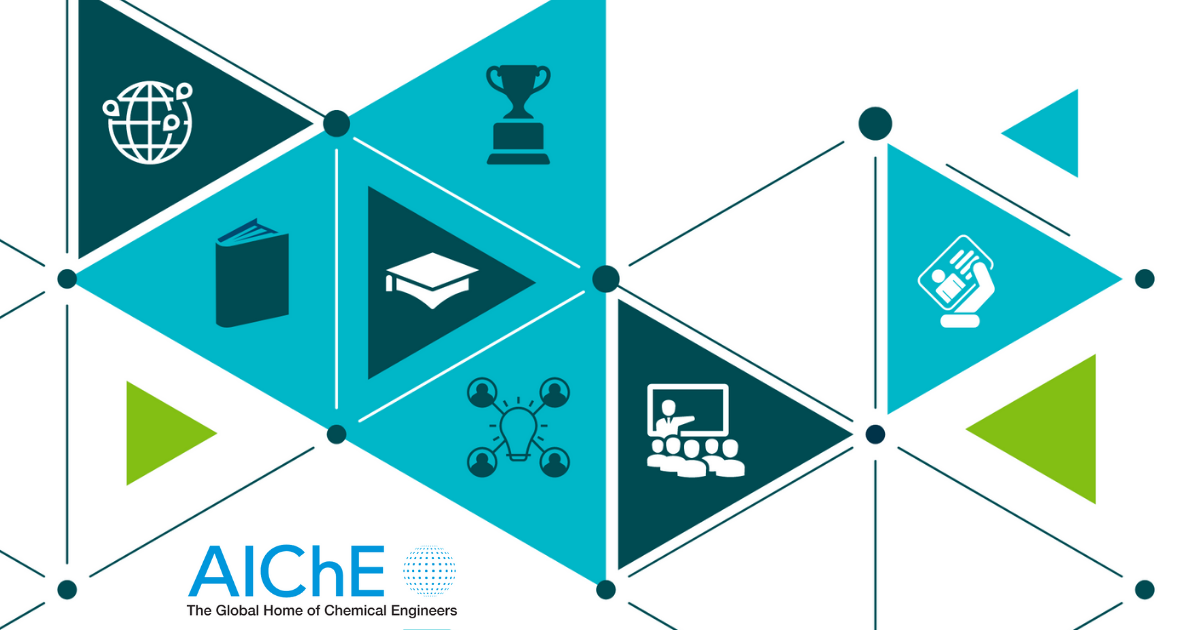2022 Annual Meeting
(2ch) Unraveling Self-Discharge Mechanisms in Electrical Double-Layer Capacitors (EDLCs)
Electrochemical double-layer capacitors (EDLCs), also known as supercapacitors, are energy storage devices. Charge-discharge in EDLCs occurs through electrostatic interactions between electrodes and oppositely charged ions. Self-discharge is the gradual loss of energy when a charged EDLC is left in open-circuit state. A comparatively higher rate of self-discharge (SD) than in the batteries prevents the use of EDLCs in stand-alone devices or those charged only infrequently. The process of self-discharge, to the best of our knowledge, is far from being fully understood. It manifests as decrease in open-circuit potential which, depending on the charging protocol, can be dominated by charge-redistribution [1-3] induced rapid decrease in the initial stages.
Conway [4] proposed model-based diagnostics to identify activation, diffusion, and leakage-resistance controlled mechanisms from voltage vs. time measurements. We show that for the limited voltage range window available, the method is subjective and ambiguous for real measurements. We have proposed and carried out an alternative set of extensive experiments to gain insights into the self-discharge process for an in-house capacitor with sulfuric acid as electrolyte and activated carbon as electrodes. We varied electrode thickness, the distance between the electrodes, and the state of mixing in the electrolyte. We also measured self-discharge of electrochemically isolated charged half-cells (Figures 1a,b). The results bring out interesting and unambiguous findings, independent of the degree of fit with the expected variations for various controlling mechanisms. They rule out leakage resistance as the cause of self-discharge and disprove the shuttle mechanism [2,3] (Figure 1c,d). The analysis of measurements with electrodes of different thicknesses establishes that activation process controlled self-discharge does not dominate either. And the predicted effect of charge-redistribution is in the opposite direction. The role of the complex interplay of diffusion and electrochemical reactions holds promise.
References:
- Black, J. and Andreas, H.A., 2009. Effects of charge redistribution on self-discharge of electrochemical capacitors. Electrochimica Acta, 54(13), pp.3568-3574.
- Madabattula, G. and Kumar, S., 2018. Insights into charge-redistribution in double layer capacitors. Journal of The Electrochemical Society, 165(3), p.A636
- Madabattula, G. and Kumar, S., 2020. Model and Measurement Based Insights into Double Layer Capacitors: Voltage-Dependent Capacitance and Low Ionic Conductivity in Pores. Journal of The Electrochemical Society, 167(8), p.080535.
- Conway, Brian E., W. G. Pell, and T. C. Liu. "Diagnostic analyses for mechanisms of self-discharge of electrochemical capacitors and batteries." Journal of Power Sources1-2 (1997): 53-59.

